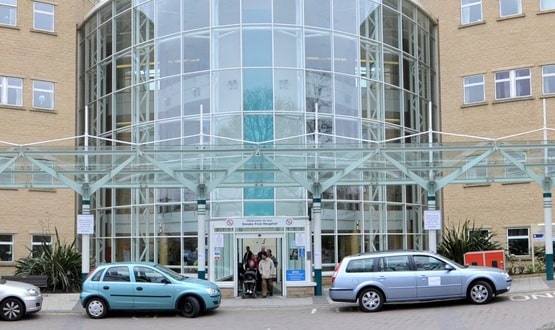Leeds Leads on E-Commerce
- 12 December 2002
Examples of e-commerce working in NHS purchasing ands supplies were showcased at a conference hosted by Leeds Teaching Hospitals Trust this week.
The trust has produced one of the first UK examples of e-commerce in NHS purchasing. Head of supplies, Keith Lilley, showed how the system was working in the trust’s cardiac catheter labs.
Bar codes on packaging from devices used in the labs are swiped and the stock is automatically debited. Processes that take place after the “swipe” to pay for the goods and re-order stock are entirely paperless, explained Mr Lilley.
He believes that the system, which is working well with 10 suppliers can be scaled up, and a full re-engineering of the trust’s supply chain is planned by March 2004. Savings of 5% or £7.5m are projected.
Ian Shepherd, procurement and logistics manager at Plymouth Hospitals Trust also showed how e-commerce and other efficiency measures such as rationalisation of the supplier base were producing both cost reductions and streamlined working.
Startling gains included a fall in the time taken for goods receipting from more than 30 days in 1999 to less than 24 hours – and falling – in 2002.
Other speakers included NHS Purchasing and Supply Agency’s director of e-commerce, Eric Jackson, who outlined a timetable for the procurement of the national finance and e-commerce service. The next step will be an OJEC advertisement in March 2003 with a contract is due to be awarded in March 2004. A pilot implementation is planned for 2005 and a completed national roll-out by December 2008.
But he encouraged procurement professionals in the audience not to wait for national solutions. “Please do something now. Set up process improvement teams, look at supplier reduction, data cleansing, stock levels and invoice processing.”
Mr Jackson said he still saw too many instances where procurement opportunities were not being taken and where staff were not working alongside management accountants and finance directors to produce improvements.
Keynote speaker, health minister, Lord Hunt, emphasised the pivotal role of IT in the modernisation of the health service. “It’s time, in terms of information and IT, that every part of the NHS recognised this is not an optional extra. It goes to the heart of what we do,” he said.
However, he said investment had been low and money earmarked for IT had been spent on other things. To get the right levels of investment it was necessary to invest from the centre.
Lord Hunt was critical of the lack of strategic thinking about IT at local level. ”Looking at CHI [Commission for Health Improvement] clinical governance reviews, one of the comments frequently made is that the organisation does not seem to have an IT strategy. Indeed with some trusts it’s hard to see how they make decisions because they seem to be information-free zones.”




